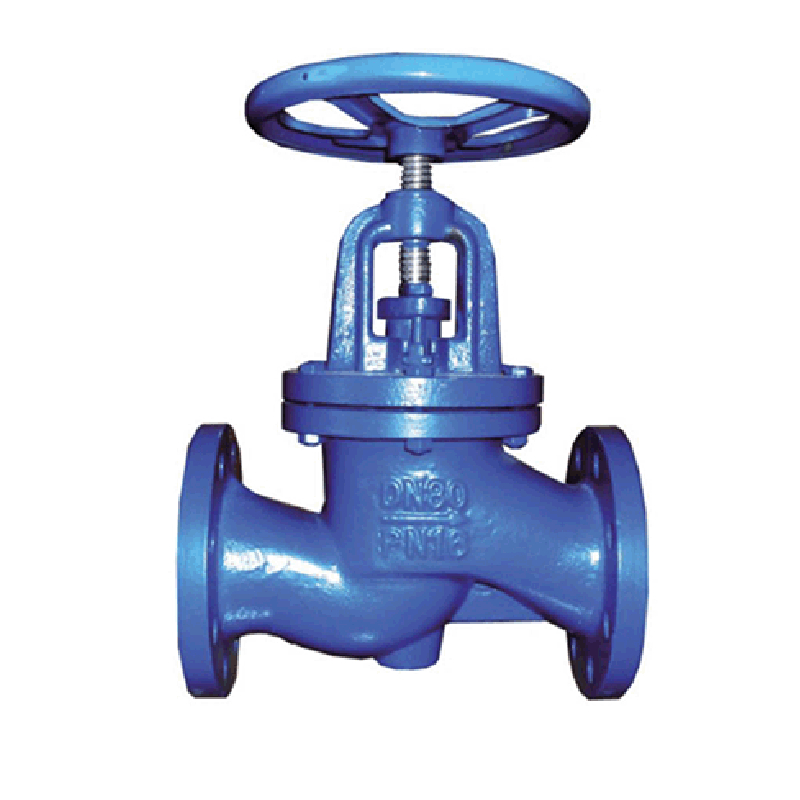10 月 . 10, 2024 08:53 Back to list
Pneumatic Butterfly Valve Applications and Benefits in Industrial Control Systems
Understanding Pneumatic Butterfly Valves Functionality and Applications
Pneumatic butterfly valves are essential components in various industrial applications, characterized by their simple design, ease of operation, and reliability. These valves are widely used for controlling the flow of liquids, gases, and slurries in many sectors, including water treatment, oil and gas, pharmaceuticals, and chemical processing.
At the core of the pneumatic butterfly valve’s design is a circular disk, known as the butterfly, which rotates around a central shaft. This butterfly is responsible for regulating the flow of the media passing through the valve. In the fully open position, the disk is parallel to the flow, allowing maximum passage of the fluid. Conversely, when the valve is closed, the disk turns perpendicular to the flow, effectively sealing the pipe and stopping the flow.
One of the key advantages of pneumatic butterfly valves is their actuation method. Pneumatic actuators, powered by compressed air, operate these valves swiftly and efficiently. This feature is particularly beneficial in automated systems where quick response times and minimal downtime are crucial. By integrating pneumatic actuators with smart control systems, users can achieve enhanced precision in flow regulation and manage complex processes more effectively.
Another notable benefit of pneumatic butterfly valves is their lightweight and compact design. Compared to other valve types, such as gate or globe valves, butterfly valves require less space and are easier to install. This makes them ideal for installations with space constraints. Furthermore, their design allows for lower pressure drops, which contributes to energy savings during operation.
pneumatic butterfly valve

Pneumatic butterfly valves are available in various materials, including stainless steel, carbon steel, and plastic, catering to different environmental and media compatibility requirements. This makes them versatile for applications across multiple industries. Their ability to handle high flow rates and corrosive materials further emphasizes their utility in demanding environments.
In terms of sealing performance, many pneumatic butterfly valves utilize soft or metal seats, providing tight shut-off capabilities. Soft-seated valves are ideal for applications where zero leakage is essential, while metal-seated variants are preferred in high-temperature or high-pressure settings. Additionally, many modern designs feature maintenance-free capabilities, increasing their durability and reliability over time.
Safety is also a critical aspect of pneumatic butterfly valve design. Many systems include features such as manual overrides and fail-safe mechanisms. In the event of a power loss, these features enable operators to manually control the valve, ensuring that critical processes can continue without interruption.
In conclusion, pneumatic butterfly valves play a vital role in ensuring efficient and reliable flow control across various industries. Their simple design, combined with the advantages of pneumatic actuation, makes them a preferred choice for many engineering applications. With advancements in technology, these valves are becoming increasingly smart and adaptable, meeting the evolving needs of modern industrial operations. Whether it’s in heavy-duty applications or nuanced processes, pneumatic butterfly valves offer unmatched performance and versatility, making them an integral part of fluid handling systems.
Share
-
Understanding the Differences Between Wafer Type Butterfly Valve and Lugged Butterfly ValveNewsOct.25,2024
-
The Efficiency of Wafer Type Butterfly Valve and Lugged Butterfly ValveNewsOct.25,2024
-
The Ultimate Guide to Industrial Swing Check Valve: Performance, Installation, and MaintenanceNewsOct.25,2024
-
Superior Performance with Industrial Swing Check Valve: The Essential Valve for Any SystemNewsOct.25,2024
-
Industrial Swing Check Valve: The Ideal Solution for Flow ControlNewsOct.25,2024
-
You Need to Know About Industrial Swing Check Valve: Functionality, Scope, and PerformanceNewsOct.25,2024